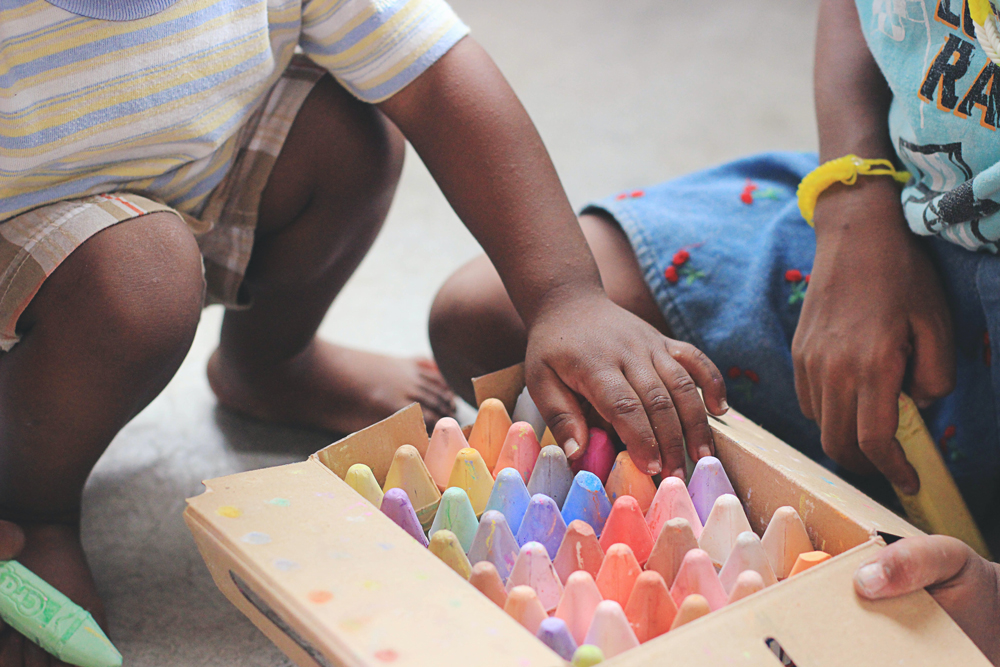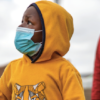
The HPTN 071 (PopART) trial showed that a combination HIV prevention package including universal HIV testing and treatment (UTT) reduced population-level incidence of HIV compared with standard care. However, evidence is scarce on the costs and cost-effectiveness of such an intervention.






